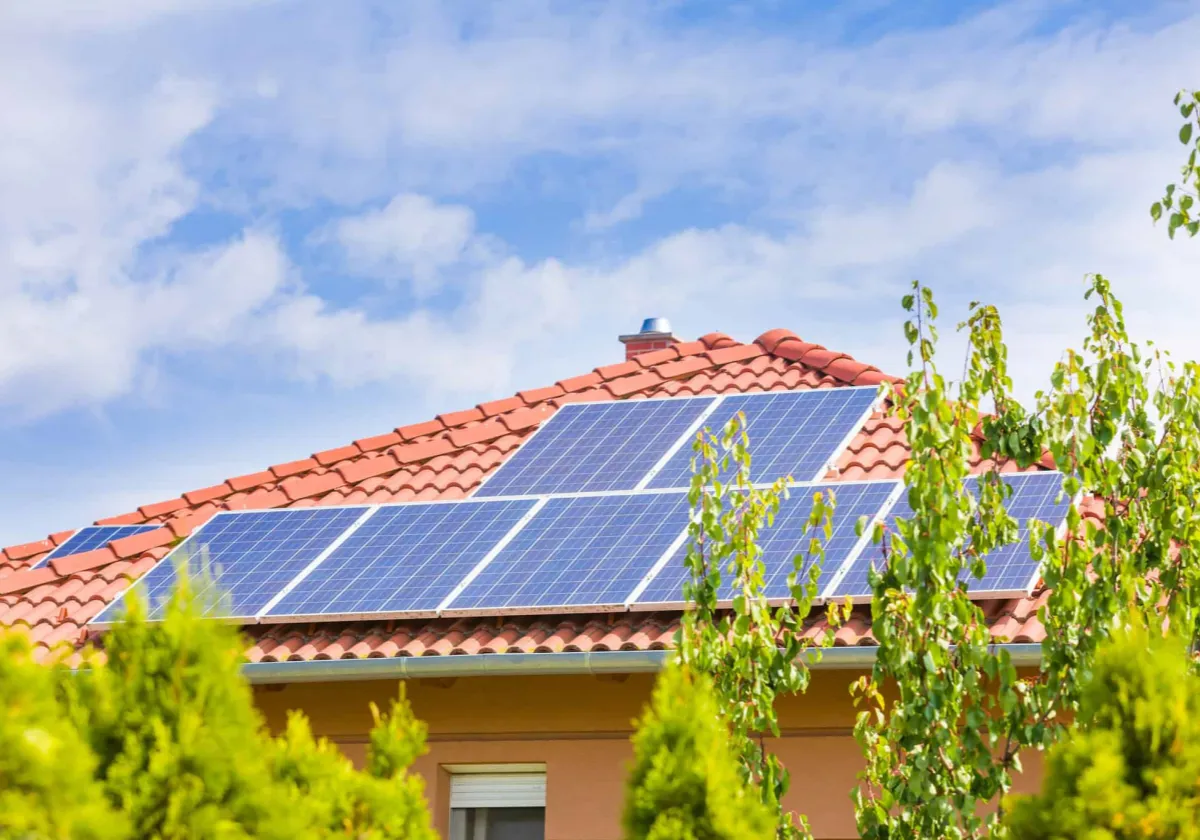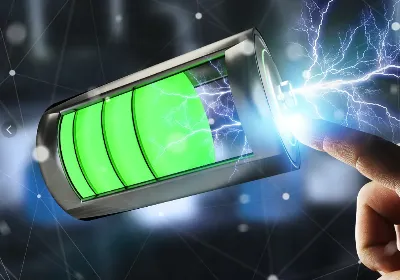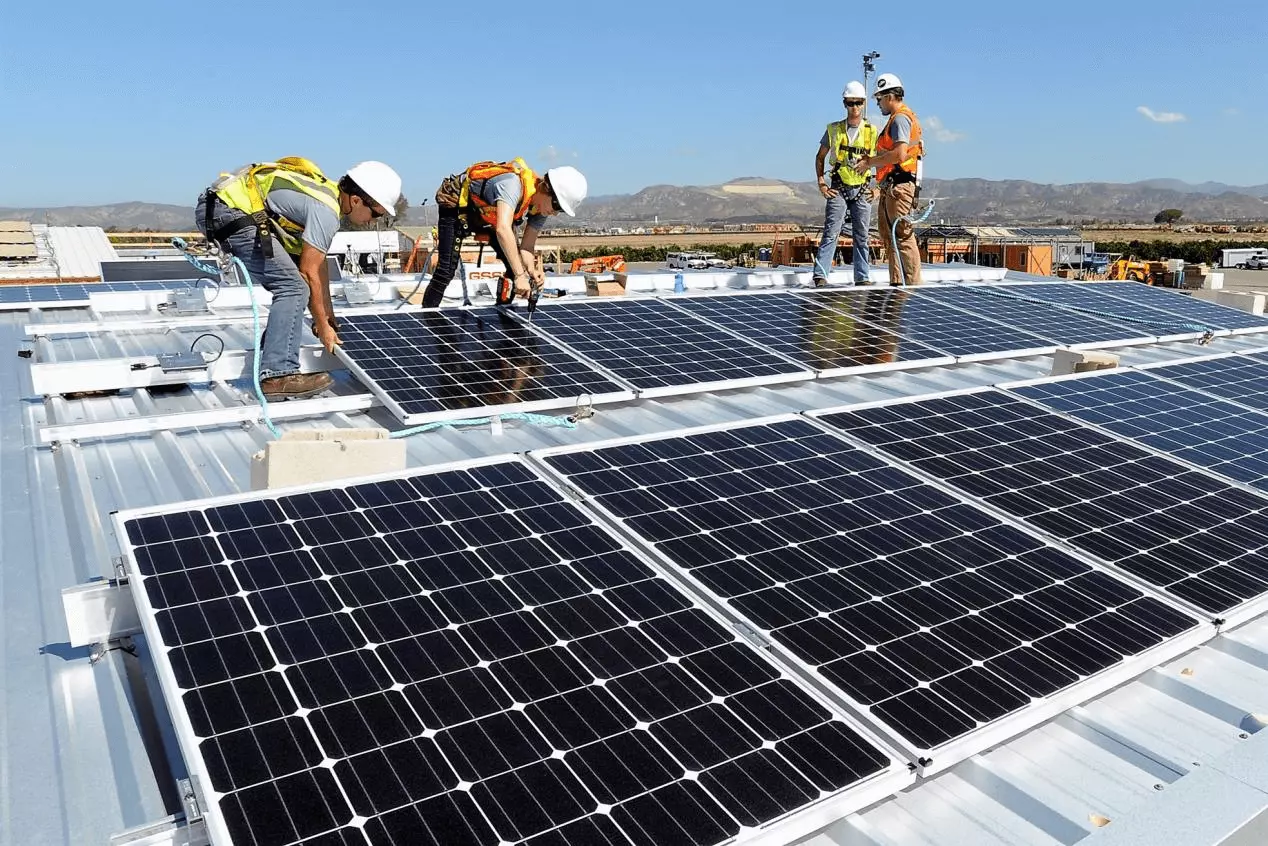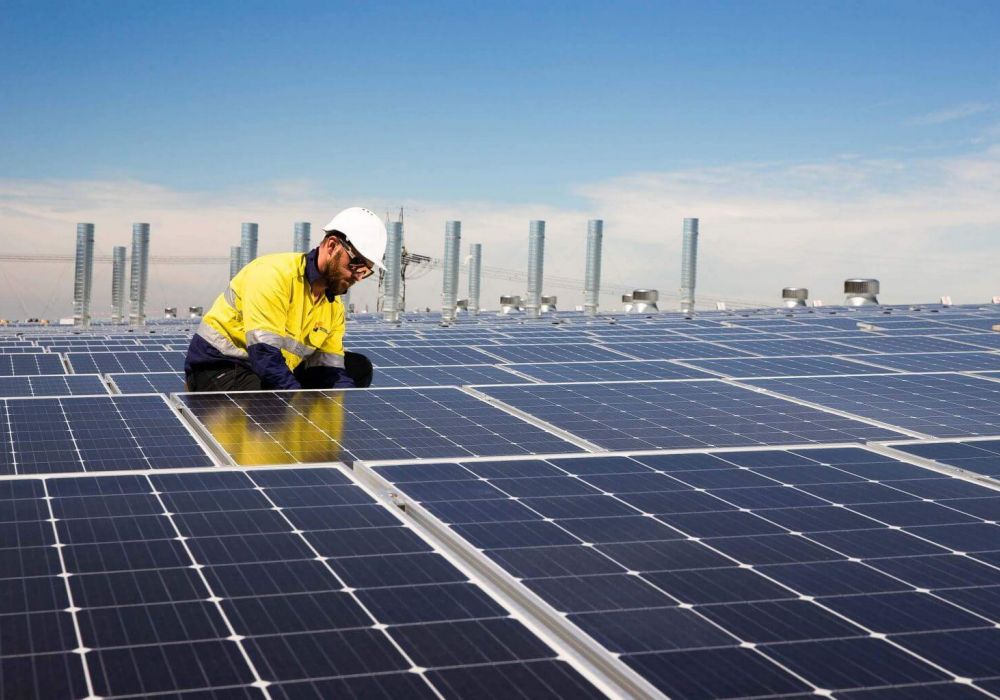Summary of Common Problems and Solutions of Several Household Photovoltaic Inverters
Summary of Common Problems and Solutions of Several Household Photovoltaic Inverters
The so-called household photovoltaics are installed on the roofs of farmers and ordinary people. They are purchased as consumer goods. After installation, the power station can be integrated into the national grid. Part of the electricity generated during the day is given priority to their own home use, and the other part is merged into the state if it is not used up. Grid, sold at local coal-fired benchmark prices. So it is called household photovoltaic.
With the huge and booming household photovoltaic market, more and more photovoltaic enterprises and dealers are involved in it. Of course, various problems will definitely occur in the process of household photovoltaic power generation, and “sickness” is inevitable. How to diagnose and treat these minor problems? The following is a summary of common problems and solutions for household photovoltaic inverters.
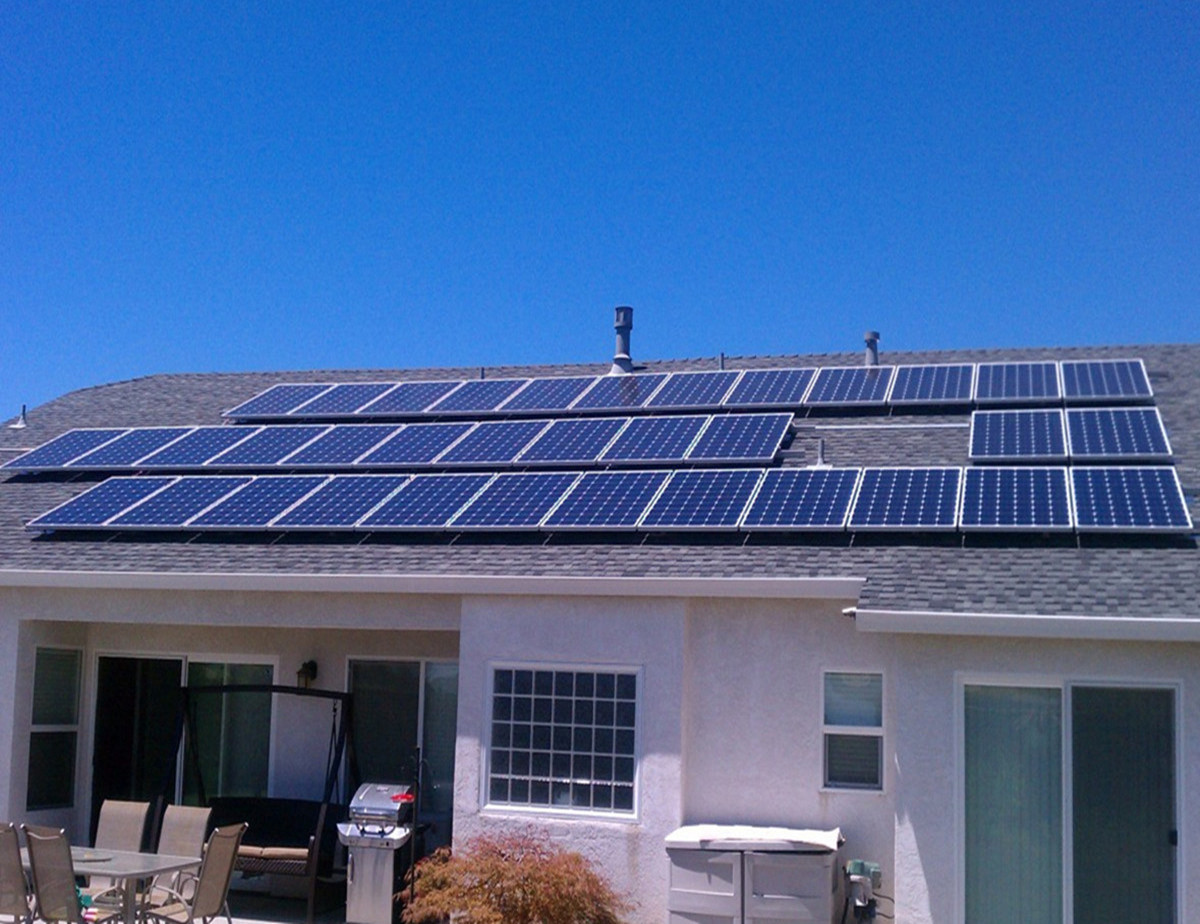
1. The indicator light of the photovoltaic inverter does not display
Fault Analysis: There is no DC input, and the inverter LCD is powered by DC.
Possible Causes:
- The component voltage is not enough. The working voltage of the inverter is 100V to 500V. When it is lower than 100V, the inverter will not work. Module voltage is related to solar irradiance.
- The PV input terminals are connected reversely. The PV terminals have positive and negative poles, which must correspond to each other and cannot be connected reversely with other groups.
- The DC switch is not closed.
- When the components are connected in series, a certain connector is not connected properly.
- One component is short-circuited, causing other strings to fail to work.
Solution
Use the meter voltage file to measure the DC input voltage of the inverter. When the voltage is normal, the total voltage is the sum of the voltages of each component. If there is no voltage, check whether the DC switch, terminal blocks, cable connectors, components, etc. are normal. If there are multiple components, they should be connected and tested separately. If the inverter has been used for a period of time and the cause is not found, it means that the hardware circuit of the inverter is faulty, and you can contact the manufacturer for after-sales service.
2. The photovoltaic inverter is not connected to the grid, and the screen shows that the mains power is not connected.
Fault phenomenon: the inverter is not connected to the grid, and the screen shows that the mains is not connected
Fault analysis: the inverter is not connected to the grid
Possible Causes:
- The AC switch is not closed.
- The AC output terminal of the inverter is not connected.
- During wiring, the upper row of inverter output terminals was loosened.
Solution
Use a multimeter to measure the AC output voltage of the inverter. Under normal circumstances, the output terminal should have a voltage of 220V or 380V. If not, check whether the terminal is loose, whether the AC switch is closed, and whether the leakage protection switch is disconnected.
3. The screen shows that the PV voltage is high
Fault analysis: DC voltage is too high alarm
Possible cause: Too many components connected in series, causing the voltage to exceed the voltage of the inverter.
Solution
Because of the temperature characteristics of the components, the lower the temperature, the higher the voltage. The input voltage range of single-phase string inverter is 100-500V, and the recommended voltage after stringing is between 350-400V. The input voltage range of three-phase string inverter is 250-800V, and the recommended voltage after stringing is between Between 600-650V. In this voltage range, the efficiency of the inverter is high, and it can generate electricity when the irradiance is low in the morning and evening, but the voltage will not exceed the upper limit of the inverter voltage, causing an alarm and shutting down.
4. The screen shows that the PV insulation resistance is too low
Fault analysis: The grounding insulation resistance of the photovoltaic system is less than 2 megohms
Possible cause: There is a short circuit to ground or damage to the insulation layer in solar modules, junction boxes, DC cables, inverters, AC cables, terminal blocks, etc. The PV terminal and AC wiring housing are loose, causing water to enter.
Solution
Disconnect the power grid and inverter, check the resistance of the wires of each component to the ground in turn, find out the problem, and replace it.
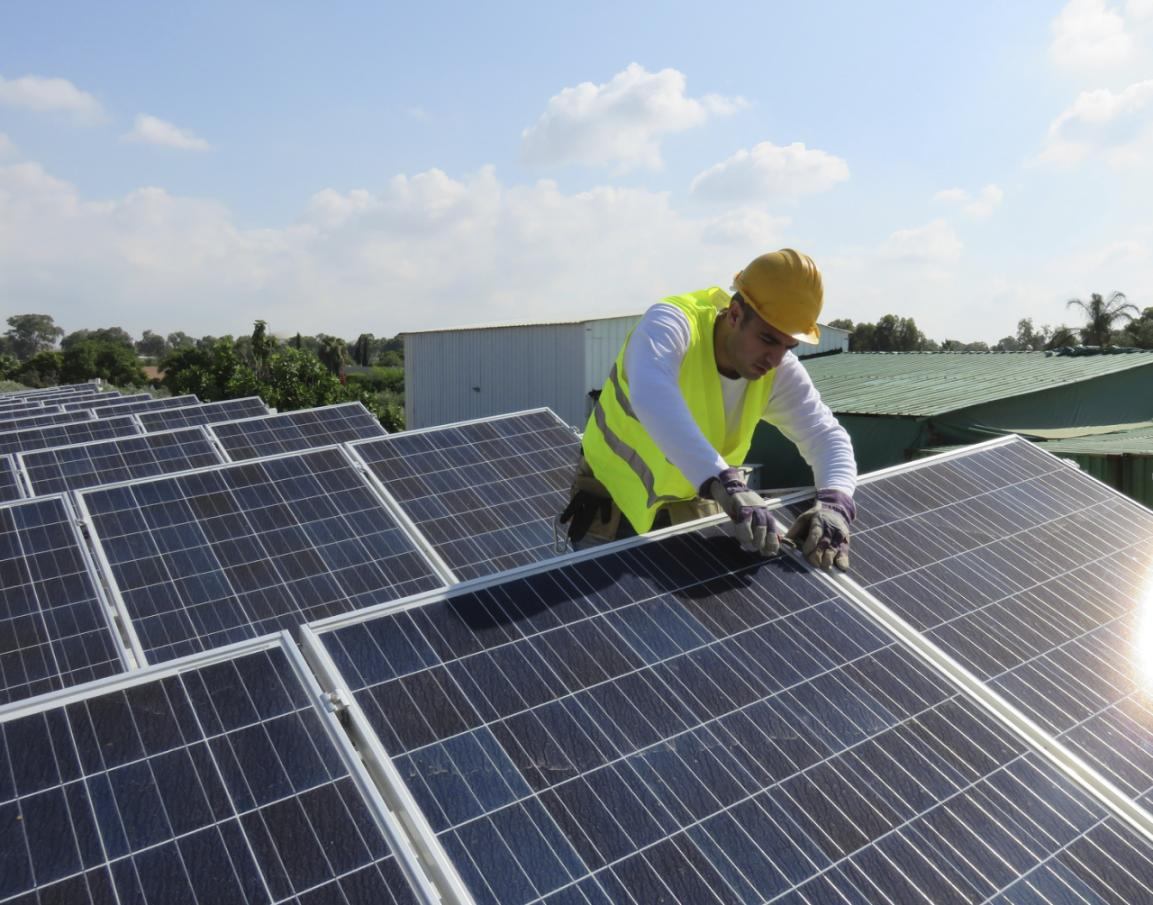
5. The screen shows that the output leakage current is too high
Fault Analysis: Too Much Leakage Current
Solution
Remove the PV array input and check the surrounding AC grid. Disconnect all the DC and AC terminals, and let the inverter power out for more than 30 minutes. If it can be recovered, continue to use it. If it cannot be recovered, contact the after-sales technical engineer.
6. The screen shows that the mains voltage is out of range
Fault analysis: grid voltage is too high. The grid impedance increases, which cannot be digested by the user side of photovoltaic power generation. When it is transmitted out, the impedance is too large, which causes the voltage on the output side of the inverter to be too high, causing the inverter to shut down for protection or derated operation.
Solution
Increase the output cable, because the thicker the cable, the lower the impedance.
The inverter is close to the grid connection point, the shorter the cable, the lower the impedance.

